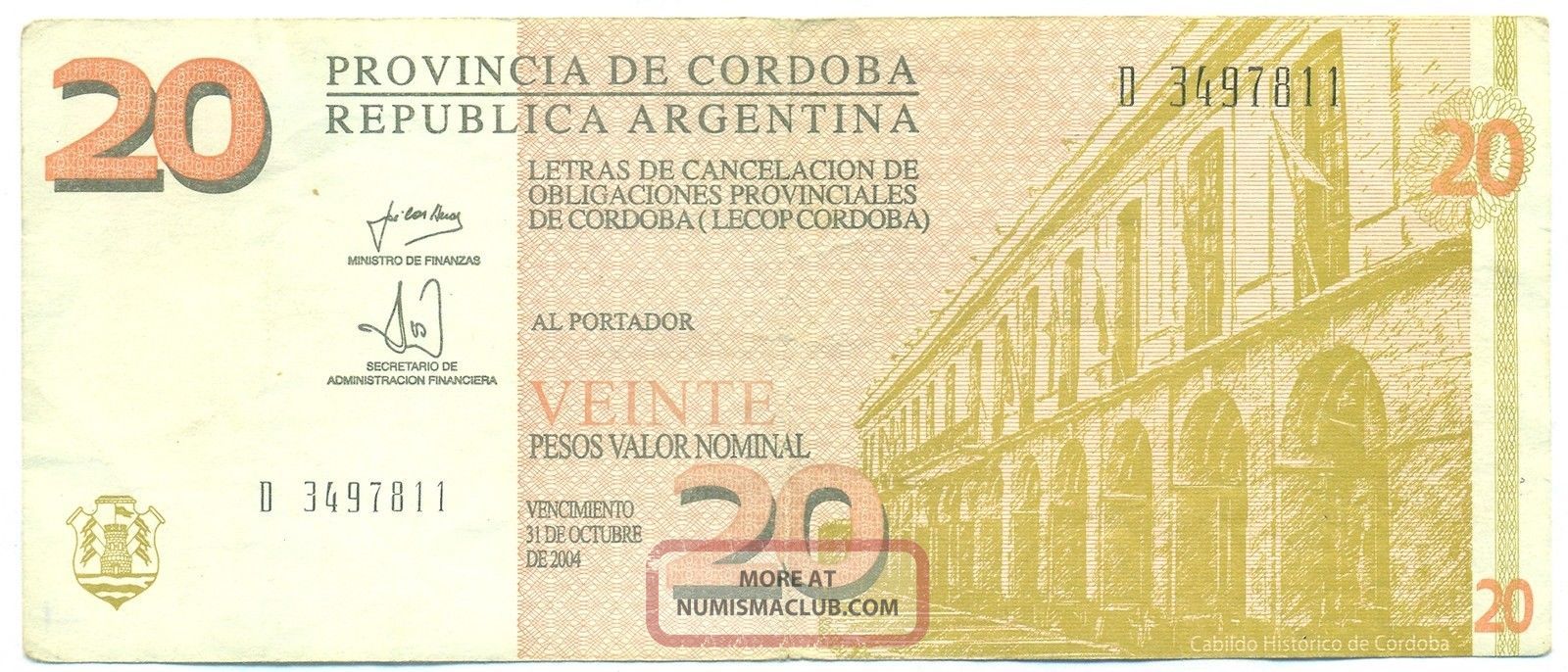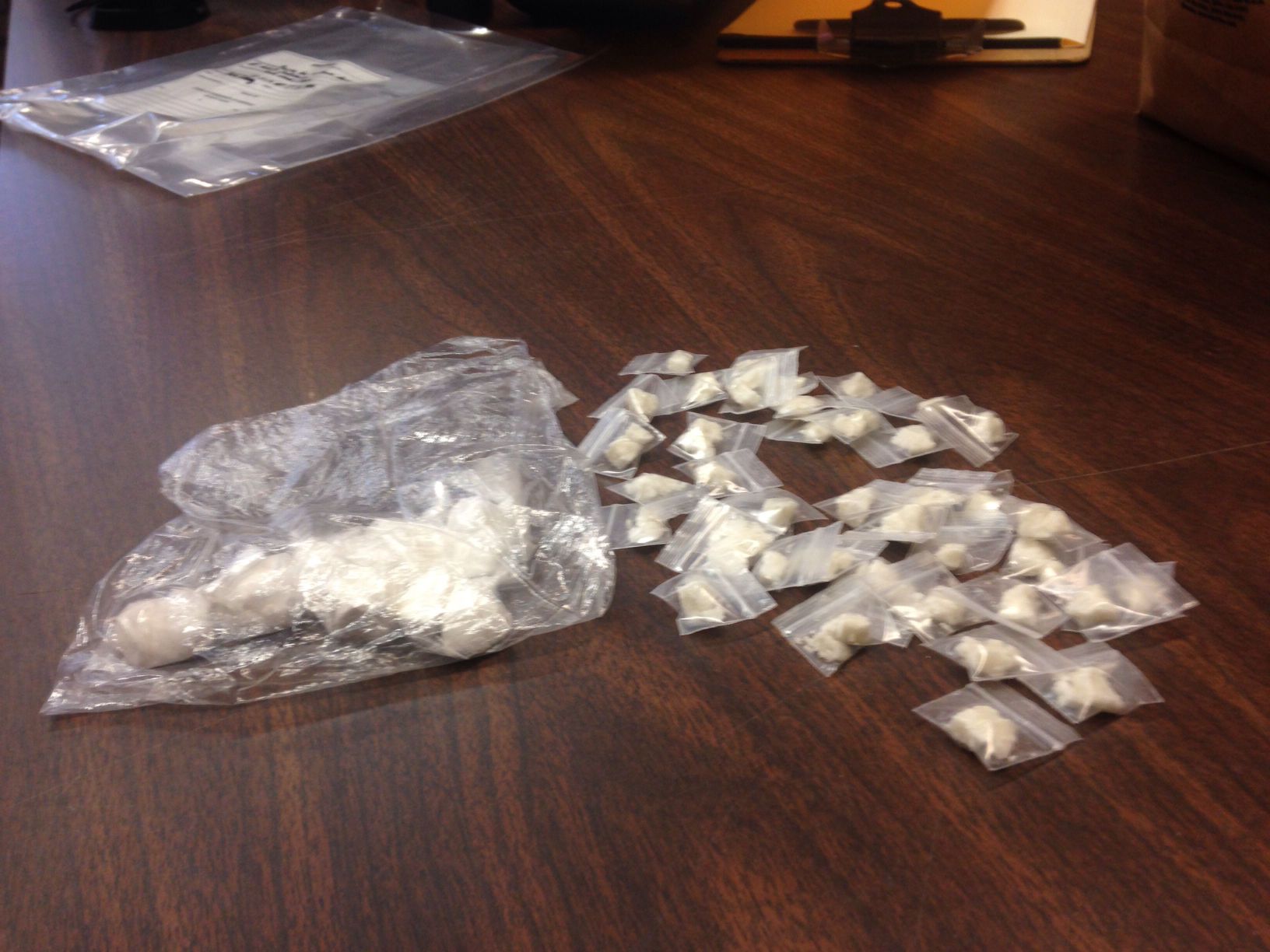

#Emergency 20 crack trial
What follows is a recitation of the current split in the trial courts. As a result, New York’s trial courts are split, and the state’s appellate courts have yet to resolve the matter. While some courts identified the constitutional issues in the law, others read the text of the law strictly without regard to the Constitution.
#Emergency 20 crack how to
Landlords began suing across the state, and the lower courts struggled with how to cure ERAP’s alleged due process violations. Unsurprisingly, a myriad of cases followed. The tenants would file with a state agency, and while waiting for a determination about whether they were eligible to receive ERAP payments, their case would be stayed. In 2021, New York amended its ERAP law to allow tenants to have an automatic stay in their eviction proceedings if they applied for ERAP assistance payments. Most notably, courts are currently struggling with New York’s Emergency Rental Assistance Program (“ERAP”) because, while it differs from CEEFPA, it also raises due process concerns. The law was struck down partially by the United States Supreme Court, which held that the “scheme violates the Court’s longstanding teaching that ordinarily ‘no man can be a judge in his own case’ consistent with the Due Process Clause.” This holding, while plain, cascaded into the subsequent laws enacted to prevent eviction. Their main argument proffered was that since the law did not have a mechanism to challenge the hardship declarations, it violated the landlords’ due process rights. Landlords sued New York State’s Chief Administrative Judge, County Sheriffs, and other officials throughout the state- challenging CEEFPA on constitutional grounds.

Originally, landlords did not have a legal mechanism within the law to challenge the COVID hardship declarations filed by tenants. As a result, pending evictions proceedings against the tenant could be stayed, and the landlords were not permitted to evict the tenants based on the accrued rent because of the COVID hardship. The state passed the COVID-19 Emergency Eviction and Foreclosure Prevention Act of 2020 (“CEEFPA”), allowing tenants to self-certify that they suffered from hardship because of the pandemic. Since the onset of the COVID-19 pandemic, New York State’s legislative bodies have crafted new laws to help prevent tenants’ evictions.


 0 kommentar(er)
0 kommentar(er)
